Which substrate is better under the laminate: a comparative overview of the different types
A practical and stylish laminate is an inexpensive and comfortable coating that quickly conquered the market. It’s easy to operate, it’s easy to care for. But few know that the durability and appearance of a laminate is 90% due to high-quality installation, where the most important thing is to choose the right substrate.
And to choose it correctly, not by appearance or cost, but on the basis of:
- On which base will the laminate be mounted.
- What are the parameters of humidity and temperature.
- Are there any gender differences?
- Which laminate will fit.
Everything is so serious that laminate flooring manufacturers even have the right to refuse to consider a claim for a deterioration in the quality of the flooring if you used the “wrong” backing. And loyally most of them relate only to the Portuguese cork backing and extruded polystyrene.
Content
Why is laminate flooring generally needed?
The main functions of any substrate under the laminate are moisture absorption, sound insulation and leveling. A good substrate can really smooth out some irregularities and minor differences.
So, why does a laminate need a moisture-absorbing substrate? The fact is that this material, in fact, consists of multilayer panel panels, which are actually compressed wood dust, coated on both sides with a paper coating. And only on the front side the laminate has a laminated decorative layer that is at least somehow protected from moisture, while the base from the bottom is extremely vulnerable due to its porosity.
A soundproofing function is also necessary because the laminate flooring is very thin, and when laying with the “floating” method, the sound effect when walking will be the same. And this is only the most important. The substrate actually plays a rather large role in the future warmth and comfort.
What material is better to choose from?
So, let's deal with modern materials and look at the provided photo instructions on how to properly stack such substrates.
Option # 1 - Eco-friendly and durable cork
This eco-friendly and pleasant to the touch material is usually chosen as a substrate for the laminate in the bedrooms and children's rooms. The cork does not bend or mold, lasts a long time, remarkably dampens the pitch and protects against noise. The most valuable feature of the cork substrate is that even over the years, it practically does not deteriorate.
Tip: be careful choosing a cork backing: if you get to low-quality and cheap, it will crumble. Moreover, these crumbs will create tubercles that cannot be determined by eye under the cork, but the laminate will creak plaintively in the first days.
The very cork substrate on sale is very different:
- Cork rubber;
- Bitumen-cork;
- From cork chips;
- Cork cloth.
I want to say more about the bitumen-cork substrate.It is made from bitumen and kraft paper sprinkled with cork chips. She has good air exchange, and no condensation is formed. The main disadvantage of cork substrate is the high cost. Minor - low moisture resistance. Therefore, if your room is damp, then choose a rubber-cork substrate or with bitumen impregnation.
And here is how a laminate is laid on such a substrate:
There is also one point that not everyone is aware of: the cork has high rigidity and a high coefficient of friction. And only a very even base is suitable for her. In addition, such a cork parameter can play a trick on you if there is a lot of heavy furniture on the laminate. So the boards are practically devoid of natural movement, and even in the presence of gaps, the coating simply swells.
As for the true environmental friendliness of the cork substrate, we note that only decorative panels have one. They have a whole top layer, but any substrate consists of cork granules connected by glue. Therefore, if due to the increased humidity of the room you cannot lay one, do not go in cycles. In principle, the same Isolon is an acceptable analogue of cork in terms of environmental friendliness, but it is also cheaper. Only under the cork substrate itself, be sure to lay a plastic film as a vapor barrier - this material is afraid of moisture.
Option # 2 - foamed polypropylene
This material is not afraid of moisture and conceals any unevenness of the floor. The air in it is also ventilated. But under a large static load it is impossible to lay such a substrate - air bubbles burst at it, and it will become different in thickness. There is another serious drawback - inconsistent thickness and insufficient sound insulation.
Option # 3 - expanded polystyrene (for severe loads)
Extruded polystyrene backing is now actively produced by both Russia and China under a variety of brands. And each product has its own characteristics. This fake is also not considered officially authorized by the laminate manufacturers. But, if you take this, then give preference to the VTM or Izopolin brands - most of them you can hear good reviews.
Expanded polystyrene is durable and can withstand severe loads. It does not leak moisture and is able to provide good thermal insulation. Here's how it is stacked:
The disadvantage of such a substrate: in the early years, it even outperforms the roll cork in terms of quality, but after 6-7 years it already loses its valuable properties. Also, this substrate is very toxic when burned, while the fire itself spreads very quickly on it. Be careful! Also, polystyrene foam has insufficient leveling ability, such a substrate can only be placed on a perfectly flat floor.
Option # 4 - coniferous substrate (valuable ventilation)
This popular material needs to be acquired in the form of a tile. Coniferous lining is not as flexible as cork, but it passes air well. Those. "Breathes."
Option # 5 - foil backing
This material creates the effect of a thermos, for which it is appreciated. In a specialized store you can find both single-sided and double-sided substrates.
Option # 6 - plastic wrap
Yes, a polyethylene substrate is really used today. In just three years, the film under the laminate will lose its properties, as will the laminate of class 21, which is no longer on sale. But still, the floor of this design is still being arranged - for commissioning of budget facilities, where the most important thing is the appearance and low cost (film density - about 25 kg / m3, while cork - 220 kg / m3.)
Only not any film is suitable for this purpose - you need to take one that is 0.2 mm thick in rolls and lay it with a 20-centimeter overlap. Here, a plastic film at the top and bottom provides vapor impermeability, and the granules made of polystyrene foam between the layers absorb noise. Moreover, between the granules there are gaps for random moisture.
You need to spread the substrate perpendicular to the panels. It is not necessary to bend to the walls.
Option # 7 - combined and integrated substrates
This material uses both polyethylene and polystyrene foam. If you are satisfied warm floor, then choose a sufficiently thin substrate that will provide the necessary sound insulation and protect from moisture, but will not interfere with heat transfer.
Some craftsmen adapt other materials as a substrate for the laminate. And in some ways they are right: for example, instead of an expensive cork substrate, you can put those cork sheets that are used to cut cup holders - cheap and cheerful, and the same properties. And there are punctures when a material completely unsuitable for this is placed under the laminate. If you decide to take a chance in this way, remember: the substrate must be bactericidal, resistant to mold and absolutely not edible for insects and rodents.
There are also integrated substrates - this is rubber, which is immediately glued to the laminate even in the factory (some manufacturers do this) and is covered with a thin non-woven material. It glides well on the screed, does not warp and significantly removes noise when walking. You have probably heard that some companies produce laminate flooring with valuable sound-absorbing properties, but its price is naturally much higher.
What thickness should the substrate be?
There is a myth among the people: the thicker the substrate for the laminate, the better. And some even put it in two layers to achieve even greater sound insulation and heat. But here lies one important negative point: such a substrate with a point load (for example, from a standing heavy object or person) can shrink too much, and the boards can even break, unfortunately.
So, even if the substrate is slightly thicker than 3 mm, then over time lamella joints may be damaged, because the laminate is not designed for deflection when walking a person. And here are the consequences: the boards are bent, the locks wear out quickly and large gaps appear, from which the floor then does not just creak - it “rumbles”. The smoother the base, the finer the substrate. But still consider the level of its rigidity.
Here is the correct laying of the substrate:
What does the modern market offer?
Modern firms produce special substrates specifically for the laminate. They cost a lot, but they are durable, moisture resistant and retain heat and sound well. Let's look at the most popular of them.
The most popular today is the coniferous substrate "Isoplat". On sale you will find it in the form of a sheet of fibrous material, which consists of pine wood. Isoplat is capable of absorbing up to 20% of its own volume without changing either its insulation properties or tightness. Its analogue is the Estonian product Silent Running.
Cork plate "Isoplat»In terms of elasticity and restoring qualities are still inferior. In addition, the minimum thickness of these plates is 5 mm, and therefore you can forget about the guarantee for the laminate.
«Teplon»- polystyrene sheet material, rigid and having a good level of sound and heat insulation. But any materials with "air granules" inside do not tolerate constant dynamic loads and quickly deteriorate.
Foil "Isolon"Is a new generation of rolled foam backing. It is based on foamed polyethylene foam and a layer of foil. The result: excellent thermal insulation properties, vapor barrier and durability.
Polish product "Arbiton"Consists of extruded polystyrene with additional vapor barrier. This substrate has a uniform dense structure, and laying is quite simple, despite the fact that Arbiton is considered a professional material.
Substrate Tuplex Finnish production. Its main trump card is its high elasticity, which well conceals defects and roughnesses of the floor, while remaining sufficiently resistant to deformation.Moreover, the substrate also has high ventilation properties, allowing excess moisture between the coating and the base to be removed naturally. In appearance, such a substrate is like a two-layer polyethylene film, where foam granules serve as an intermediate layer. Moreover, the lower layer of the film with a hole that allows moisture to pass through - because of this, no condensation forms. Tuplex is often chosen because of the ability of this substrate to significantly reduce noise - up to 20 dB. Also, this substrate has good thermal and vapor barrier properties.
Substrate "Park lag"Is produced in Russia, and in its structure and properties it clearly resembles the overseas" Duplex ". There are many positive qualities, but there are also upsetting nuances: the substrate comes in the inverted form, and after opening the rolls on the floor, it needs to be turned over. And this is no longer easy - with careless handling, cork chips are poured.
Famous "Isoshum"- a domestic substrate made of extruded polystyrene foam, which reduces noise by up to 50%. It looks like a rigid sheet, which is quite convenient to use. Here's how:
How to lay the substrate?
When laying the substrate, the most important thing is to avoid the coincidence of its seams and the seams of the coating. Lay sheet the lining must be staggered, not lapped, but fixed with masking tape. Roll but the substrate must be laid with an overlap on the walls, on the following strips already without an overlap - only with adhesive tape fastened. Do you understand why this is so? The overlapped joints simply create an uneven surface on which it is no longer possible to lay the laminate.
All other types - according to the attached instructions on the video.
Do I need a film under the substrate?
And now another important point. Despite the advertisements of most manufacturers that their substrate is the best waterproofing, it is still highly desirable to additionally put a plastic film on the floor. And take one with parameters not less than 200 microns. If you miss such a moment, then not one of your complaints will be considered by firms.
But, interestingly, sometimes builders convince them not to put a film between the substrate and the floor - they say that mold will quickly start there. And there is a grain of truth in this: if you do not dry the concrete before laying the laminate, it will be so. But this is already a direct violation of building codes, the consequence of which may be not only a fungus. Simply purchase a moisture meter and measure the base.
Check whether in the future there will be such problems, you can do this: cut the film 1x1 m and lay on the floor. Glue the tape around the edges, creating a complete tightness of the temporary substrate. If in the morning the film remained dry - everything will be in order.
And in more detail about laying the laminate itself you can read in our other articles.



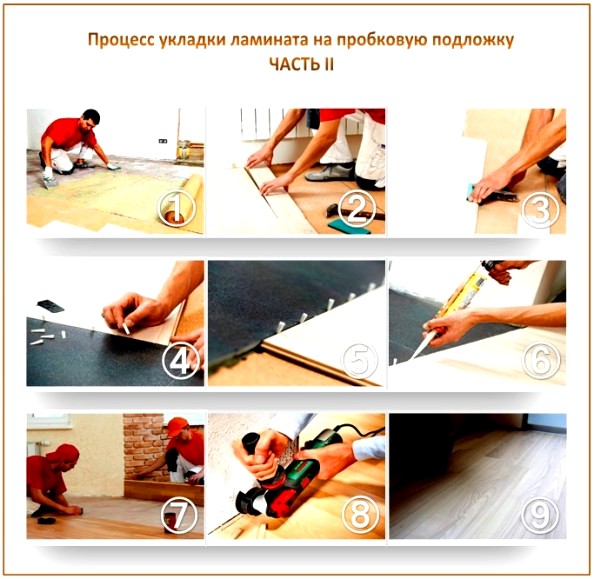


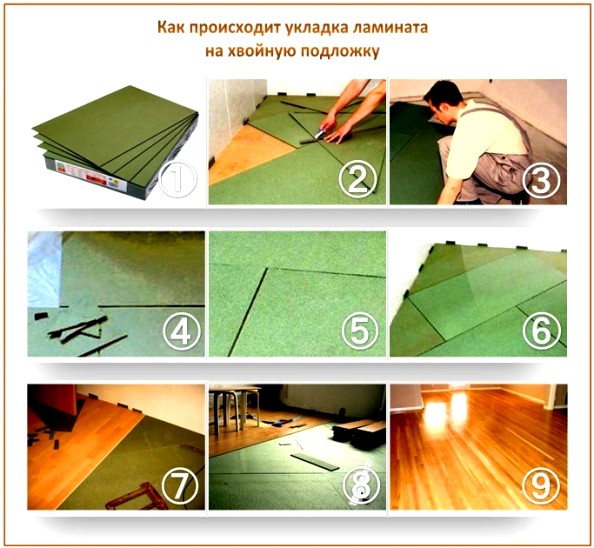
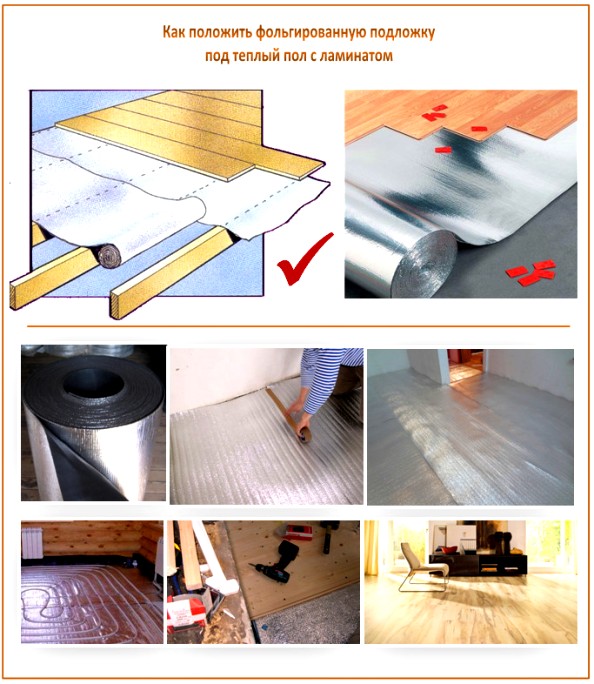

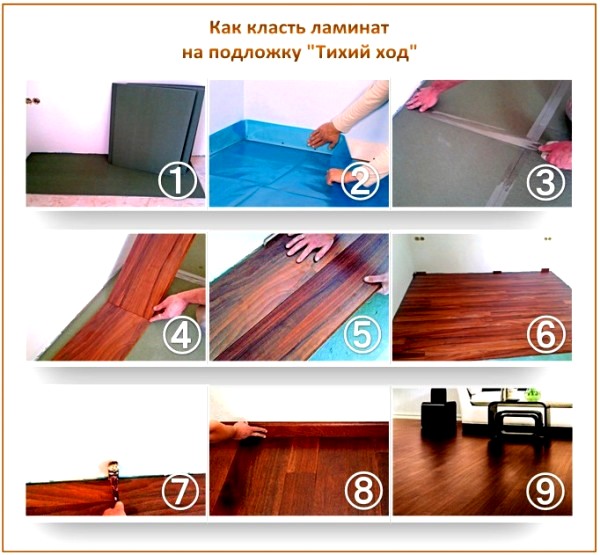

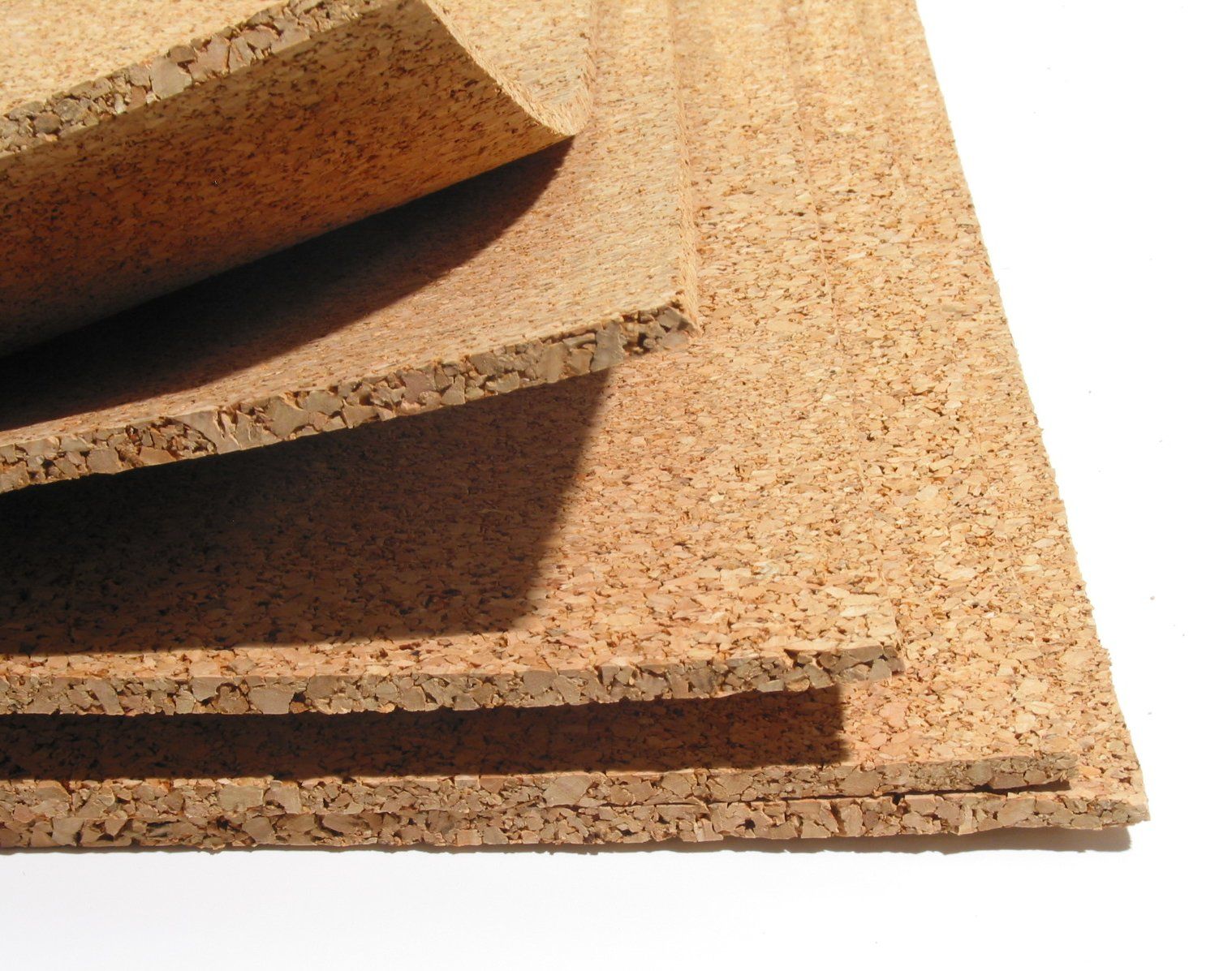
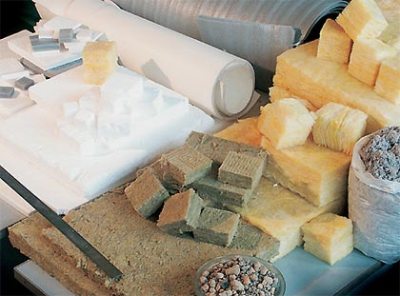
9 comments